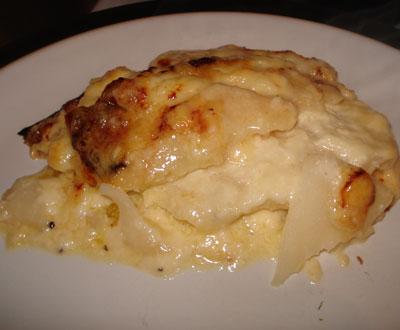Fabulous flapjack
Since the dawn of my baking career I have dreamt of and strived to make the perfect flapjack. My criteria:
Good
Chewy
Sticky
Toffee-y
Bad
Dry
Crumbly
Rock hard
In the past, I have always achieved a toffee flavour, but also at least one element of the bad list every time. I have experimented with different recipes, different methods and different cooking times.
It’s the rock hardness that’s frustrated me the most. For a reasonably experienced baker, this is simply not good enough.
I needed something quick and easy to bake at 9pm to take into work the next morning for the Macmillan World’s Biggest Coffee Morning (such a worthwhile charity, close to the Rice hearts for what they did for Mr Rice senior). I turned to Lorraine Pascale’s recipe. I’d used this one before, and the finished flapjacks had the most delectable toffee flavour, but once cooled, they were solid as a rock.
Since then I’d had a very useful chat with a serious flapjack maker, Barbara. She uses the same recipe, but with one crucial change, which I’ll come to in a bit.
It worked!
Remember to take your time. It’s a simple recipe, but it will be game over if you rush it.
Recipe for perfect flapjack
175g butter
175g golden syrup
175g soft dark brown sugar
Pinch of ground ginger
Pinch of salt
350g oats (normal or gluten free)
Preheat the oven to 150°C and line a 23cm x 23cm tin with foil-backed parchment (or normal parchment). Slowly melt the butter in a large pan, then add the syrup and melt together slowly, stirring all the time. Then add the sugar, and melt it slowly and completely, so the mixture is smooth. Continue to stir on the heat very gently for another 3 or four minutes. Don’t let it boil, whatever you do. Test a bit on a teaspoon, but cool it first, or you’ll do some serious damage to your mouth. The mixture should have a subtle toffee flavour. Now take it off the heat and add all the oats, salt and ground ginger, stirring until it’s all combined and all oats are covered nicely.
Press it into the tin and cook for 30 minutes. This is the crucial bit. LP says do it for 40, but this has always yielded flapjack bricks.
So, take 10 minutes off the cooking time and do them for 30 minutes only.
Remove from the oven and leave to cool for 10 minutes. Then use the parchment to lift them out of the tin and slice as big or small as you like.
© Katheryn Rice 2012



























